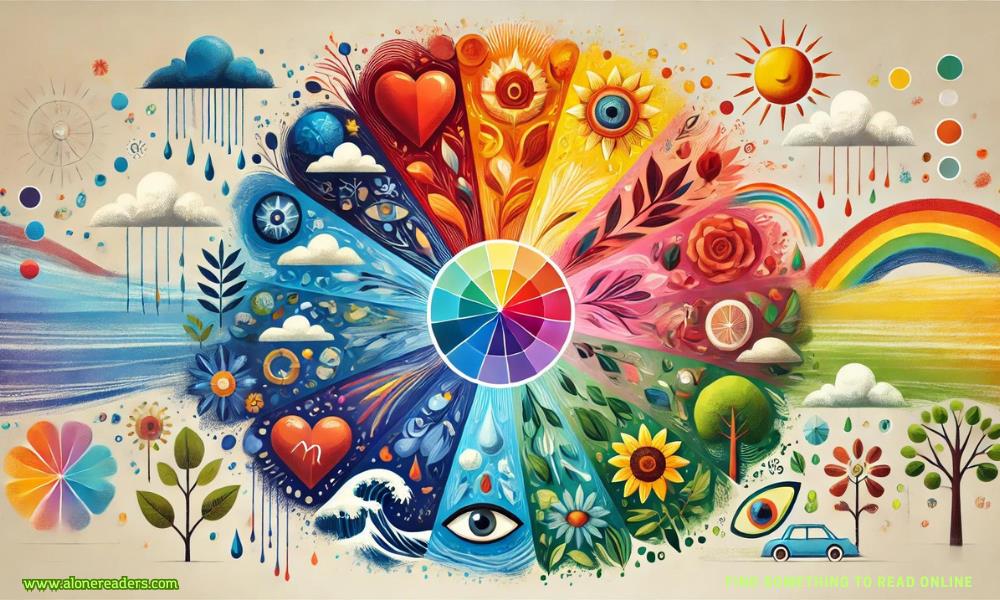
Color is an integral part of our lives, influencing our emotions, behaviors, and even decisions in ways we may not consciously realize. The psychology of color delves into how different hues impact our minds and actions, shaping our experiences and interactions. From the calming effects of blue to the energizing power of red, color psychology is a fascinating field that reveals the profound effects colors have on us.
Colors can evoke specific emotional responses, which can vary depending on personal experiences and cultural background. For instance, red is often associated with passion, energy, and excitement, while blue tends to evoke feelings of calmness and serenity. Green is linked to nature and tranquility, whereas yellow is often seen as cheerful and uplifting. These associations are not just arbitrary; they are deeply rooted in our psychology and can influence our mood and behavior.
Businesses and marketers have long recognized the power of color psychology in influencing consumer behavior. The colors used in branding, advertising, and product design are carefully chosen to elicit specific responses. For example, red is frequently used in sales and clearance signs because it grabs attention and creates a sense of urgency. Blue, on the other hand, is often used by financial institutions and tech companies to convey trust and reliability.
In interior design, color psychology plays a crucial role in creating spaces that evoke desired emotions. Warm colors like red, orange, and yellow can make a room feel cozy and inviting, while cool colors like blue, green, and purple can create a sense of calm and relaxation. Understanding the psychological effects of colors can help individuals design their living and working spaces to enhance well-being and productivity.
The influence of color extends beyond our immediate environment. It also plays a significant role in our perception of food and taste. Studies have shown that the color of food can affect our appetite and taste perception. For instance, red and yellow are known to stimulate appetite, which is why many fast-food chains use these colors in their branding. In contrast, blue is often used in weight loss programs because it is believed to suppress appetite.
Color psychology also has implications in fashion and personal appearance. The colors we choose to wear can affect how others perceive us and how we feel about ourselves. Wearing certain colors can boost confidence, convey authority, or express creativity. For example, wearing black is often associated with professionalism and sophistication, while bright colors like red and yellow can make a bold and energetic statement.
In the realm of education, color psychology can enhance learning and retention. Classrooms designed with color psychology principles in mind can create an engaging and stimulating learning environment. Colors like green and blue are believed to promote concentration and calmness, making them ideal for study spaces. Additionally, the use of color in educational materials can improve memory retention and make learning more enjoyable.
The psychological effects of color are not limited to humans; they also extend to the animal kingdom. Animals use color for various purposes, such as camouflage, mating, and warning signals. The bright colors of certain species can indicate toxicity or serve as a warning to predators. Understanding the role of color in animal behavior can provide insights into the evolutionary significance of color perception.
While the influence of color on our psychology is profound, it is essential to recognize that individual responses to color can vary. Factors such as personal preferences, cultural background, and past experiences can shape how we perceive and react to different colors. Therefore, it is important to consider these factors when applying color psychology in various contexts.
In conclusion, the psychology of color is a powerful force that shapes our emotions, behaviors, and decisions in subtle yet significant ways. From influencing consumer behavior to enhancing learning environments, the impact of color is far-reaching. By understanding the psychological effects of colors, we can harness their power to create environments and experiences that promote well-being, productivity, and positive interactions. Whether in our homes, workplaces, or everyday lives, the colors we surround ourselves with have the potential to influence us profoundly.